Technical Exercises & Studies
Exercises for Bowing & The Right Arm/Hand
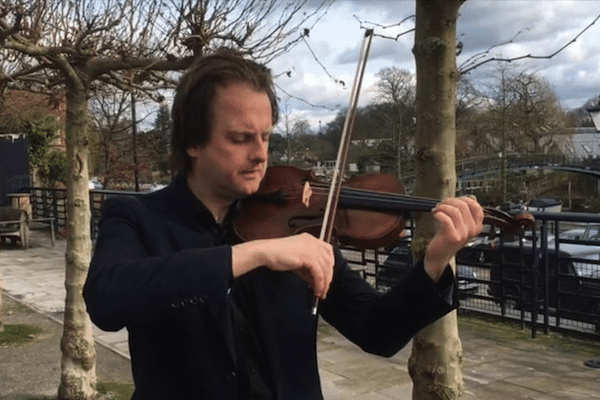
Can you survive the 10 Beat Challenge? A great exercise for warming up your bowing, and for making clear and consistent sounds on whole bows.
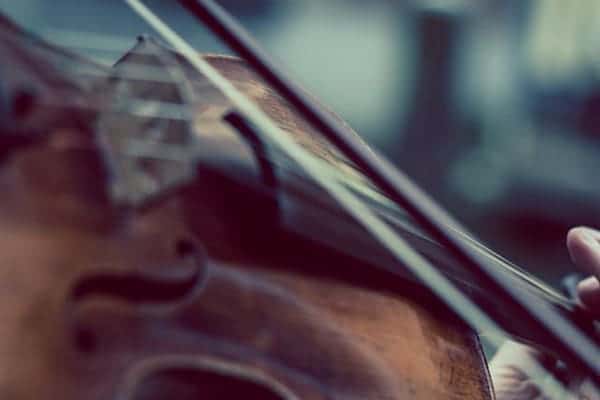
ViolinSchool’s String Crossing Exercises – eight pages of rhythm and bowing patterns – will help you get really really good at crossing strings!

A great study for practising staccato strokes, Staccato Spritzer is also a delightful piece of music … with a very cheeky ending!

Hook, Line, & Sinker is a great study for practising hooked bowing using dotted rhythms. Avoid playing unwanted accents, or using too much bow too quickly!
~ Return to the top ~
Exercises for Fingering & The Left Arm/Hand
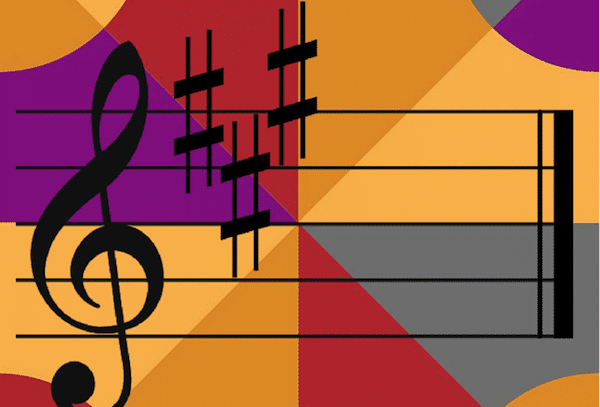
Practise your scales with different rhythm patterns, to make your left and right hand movements more independent, and improve your coordination.
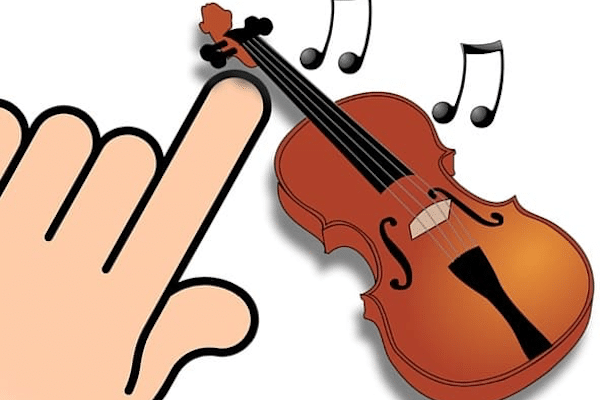
Give your 1st finger a proper exercise session with this first-finger-focused exercise based on quaver and dotted quaver rhythms!

Here are some exercises for practising the G Major scale in thirds. Make sure you practise slowly, and be very aware of the position of your bowing arm.
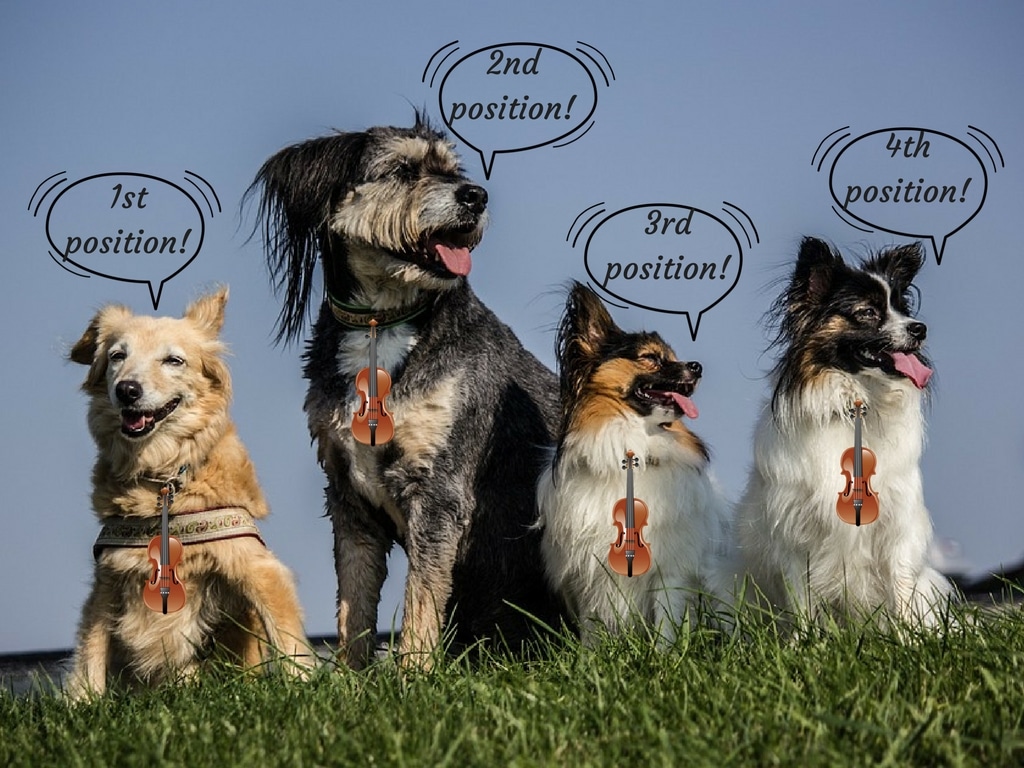
These incredibly useful left hand exercises will help you to get really familiar with the placing of your fingers in the first four positions.
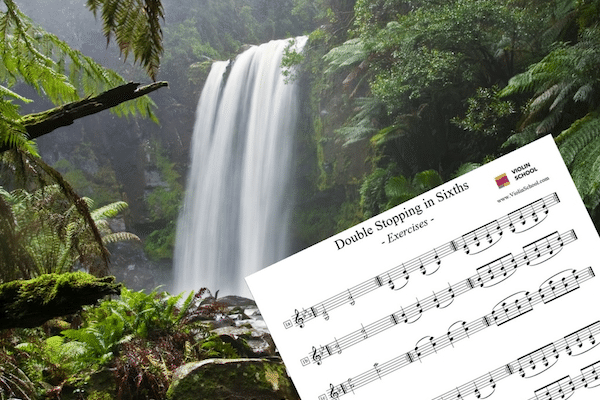
These exercises are brilliant for practising double-stopped sixths! Use them for intonation work, and to develop a really solid left hand technique!
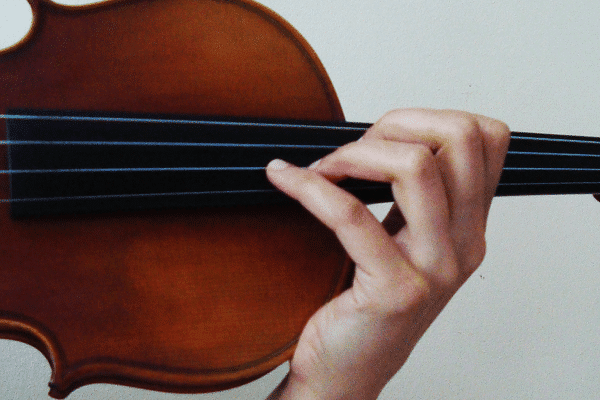
Is this the ultimate workout for advanced players? If your left hand can survive this, it can survive anything! To prevent cramps, keep your left thumb relaxed...

Tricky Trills will help you to practise double-stopped trills. Trills in thirds … trills in sixths … trills in octaves … and more … Very tricky trills indeed!
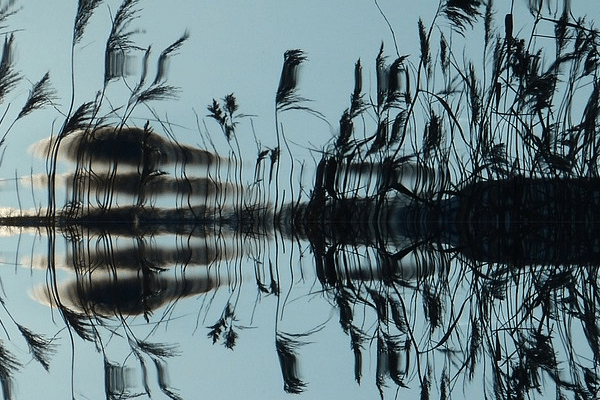
Violinists often play portato (slightly re-articulated notes) instead of legato (smooth and connected). This study will help you to play as legato as possible!

For a happy marriage of aural and muscle memories, keep the first finger down and learn the distances to the other notes within the hand ‘frame'.